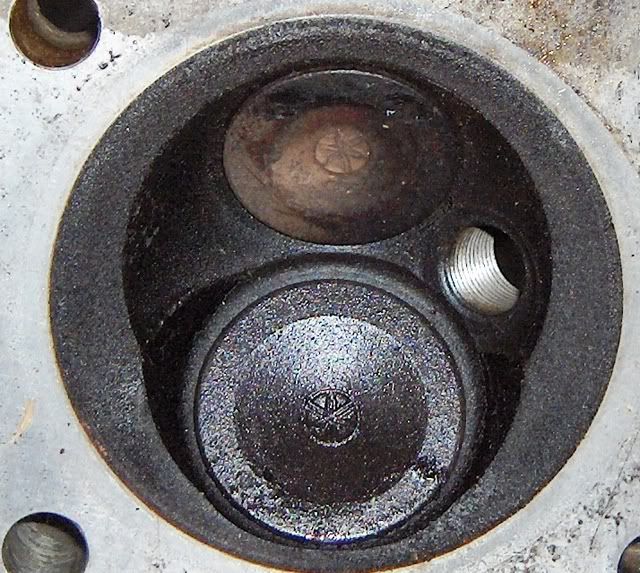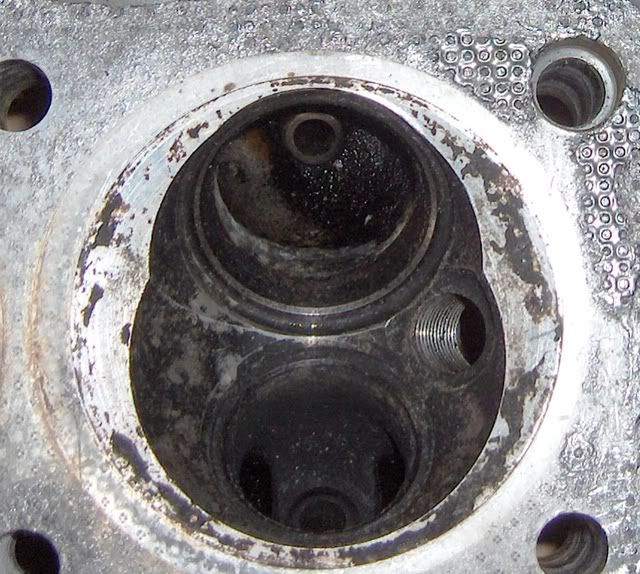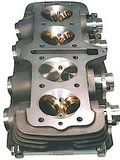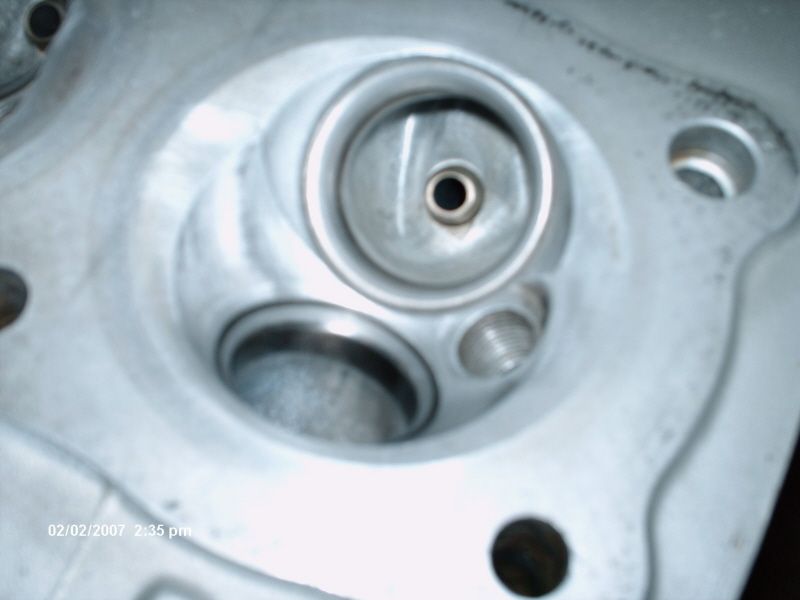My cylinder head has a rather large lip around the intake valve. The valve sits about 1/8 below the surface of the combustion chamber. Would it be beneficial to work on that lip to help unshroud the valve, especially at lower lift, or would the loss in compression undo the benefit?
Here is a pic of what I am referring to:

Here is a pic of what I am referring to:









Comment